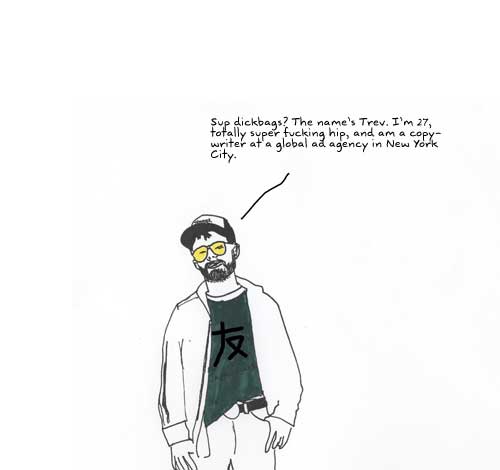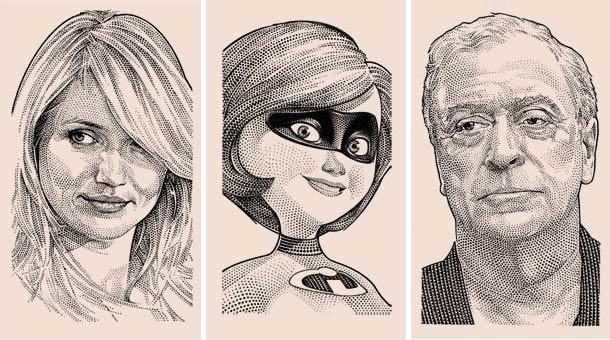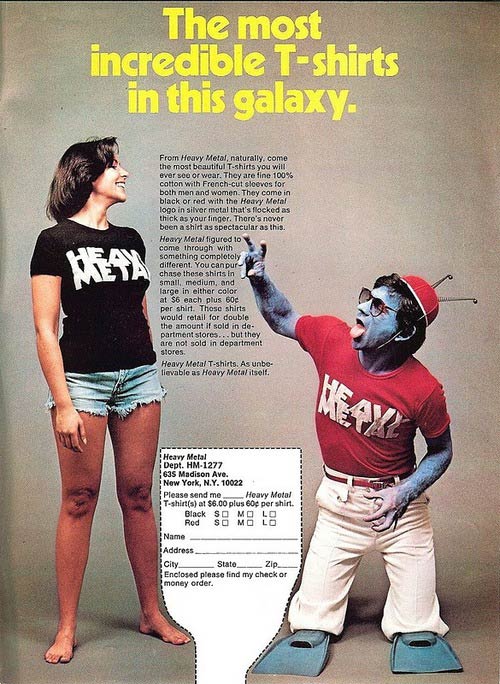
media
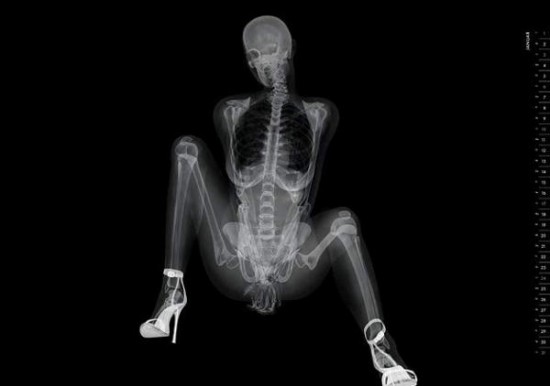
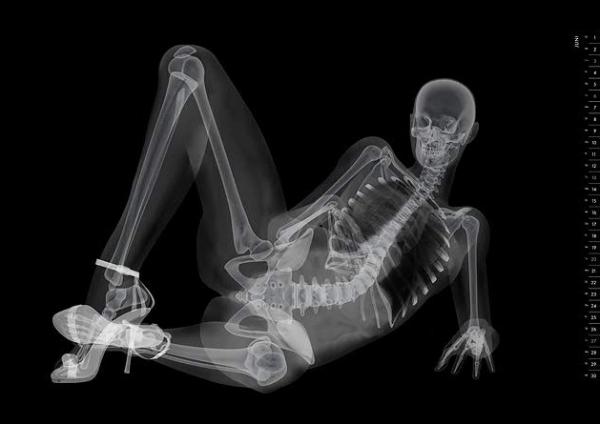
{ Eizo: Pin-up Calendar 2010 | EIZO medical imaging high precision displays for the examination and diagnosis of radiographs. Whereas craftsmen are showered with pin-up-calendars at the end of every year, this kind of present is less popular among medics. EIZO breaks this taboo. This pin-up calendar shows absolutely every detail. | Advertising Agency: Butter, Berlin/Duesseldorf, Germany. | Thanks JJ }
marketing, visual design | June 16th, 2010 11:02 am
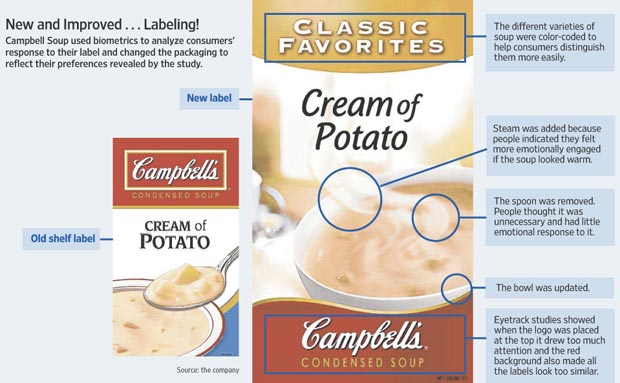
{ Campbell’s chooses “neuromarketing” over consumer feedback in rebranding its iconic soup cans | Fast Company | full story }
marketing, psychology | June 16th, 2010 10:03 am
marketing, relationships, video | June 7th, 2010 8:03 pm
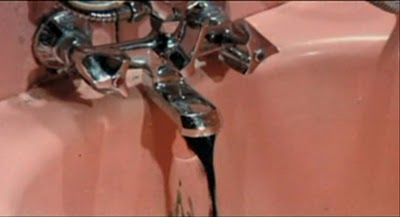
The commercial makes the point that AT&T’s wireless service covers 90 percent of the country by showing orange fabric being unfurled over natural and man-made landmarks around the nation like the Gateway Arch in St. Louis and the Las Vegas strip. (…)
some viewers have suggested may be based too closely on the work of the artists Christo and Jeanne-Claude. (…) AT&T spokesman, Steve Schwadron, who works for the Fleishman-Hillard public relations agency, replied with this statement: “The artists Christo and Jeanne-Claude have had and have no direct or indirect affiliation or involvement with the creation of AT&T’s advertising.”
{ NY Times | Continue reading }
This AT&T spot is not appropriation; it is intellectual theft. Anyone familiar with Christo’s work understands he and Jean Claude have always demanded total control of everything associated one of their works, for two compelling reasons: First, Christo and Jean Claude believe that everything involved in one of their works is an inseparable part of the work. This includes the negotiations and planning leading up to the work’s installation, a prolonged process that often consumes many years and even decades (as was the case with Gates).
Second, to fund this process — a Christo and Jean Claude work is completely paid for by the work itself — Christo and Jean Claude create images, multiples and other things that are sold to collectors. When an advertiser or handbag maker appropriates part of a Christo and Jean Claude work, this devalues the work, blurring the distinct line between art created by an artist and commerce engaged in solely to make money. Note that the AT&T spot steals from Christo and Jean Claude’s entire career, not just Gates: Much of their work involves wrapping or covering large objects, landscapes or seascapes with fabric, which transforms them into something entirely new and fascinating. AT&T, by contrast, is merely claiming to cover most of the world with its cellphone network — hardly transformative, and by no means art.
Sadly, Jean Claude, Christo’s longtime spouse and creative partner, died recently. Of the two, she was the fiercer protector of the work they did together and its legacy. Were she alive today AT&T would be in court with its back against the wall — and that spot would be off the air and every scrap of it destroyed.
AT&T should be thoroughly ashamed of itself, as should its agency, BBDO New York, and everyone involved in this sordid affair.
{ NY Times | Comment by Tom P. }
marketing, shit talkers | June 3rd, 2010 8:19 am
haha, media, sex-oriented, video | June 1st, 2010 10:02 am

{ Bad&Design print ad | Oplev før du køber = Experience before you buy | via DANSK | Thanks Colleen }
marketing, relationships | May 19th, 2010 12:48 am
marketing, video | May 12th, 2010 11:02 am

{ Iamamiwhoami is the latest in intriguing mystery viral video phenomenon. … nine video music releases … Speculation has focused on artists such as Jonna Lee of Sweden, Trent Reznor , Little Boots , The Knife , *especially Karin Dreijer Andersson , Goldfrapp, Lykke Li , Gwen Stefani , Madonna , Lady Gaga , & Immi. | Fierth | full story + videos }
marketing, mystery and paranormal, video | May 5th, 2010 11:22 pm
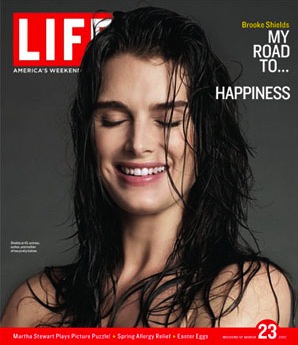
It was followed in late 1936 by Life, the picture magazine, which was an astonishing newsstand success: “By the end of 1937 . . . circulation had reached 1.5 million — more than triple the first-year circulation of any magazine in American (and likely world) history.” But then, as throughout much of its existence, Life was troubled by high production costs and insufficient advertising revenues.
Luce’s empire grew to include “The March of Time,” first a radio broadcast and then a newsreel for theatrical distribution, and finally, in 1954, the slow-growing but eventually phenomenally successful Sports Illustrated.
The empire was called Time, Incorporated, a name that no longer exists. In 1990 — 23 years after Luce’s death — it merged with Warner Brothers and has since been known as Time Warner, a partnership that has seen its rough times but is now “one of the three largest media companies in the United States.” It is “a powerful and successful company, although the magazine division that had launched the company [is] weakening fast in the digital world of the twenty-first century.” Time, which was required reading in the ’30s, ’40s and ’50s, even for those who detested it, seems now to be waiting-room reading; Fortune retains relatively strong circulation but seems primarily known for its “Fortune 500″ rankings; and Sports Illustrated, though still widely read, is no longer noteworthy, as it once was, for superb journalism that at times reached the lower rungs of literature.
{ Washington Post | Continue reading }
books, economics, press | April 21st, 2010 10:00 am

The press seems to be having a little trouble distinguishing between verbal and physical harm lately. Earlier this month, New York Post Page Six contributor Ian Spiegelman dashed off an e-mail to writer Douglas Dechert threatening to “push your face inside-out in private or public” and to see “how many times I can slam my fist into your face before someone pulls me off.”
{ New York Observer, 2004 | Continue reading }
fights, new york, press | March 18th, 2010 2:09 pm

{ New Balance 365, a collection of 365 short films that engages consumers 365 days a year by asking them to think about “the balance”. | Mother NY }
marketing | March 15th, 2010 8:10 pm
press, visual design | March 11th, 2010 4:47 pm

I am currently ensconced in my plush executive hotel suite in an international location, ready to attend an international marketing conference.
Quite rightly, I’ve been given the VIP treatment because I’ll be one of the conference’s key speakers. At 3am on Sunday in the Herman Goerring Room, I will address a select audience on ‘Female Stereotypes in Advertising’. (They couldn’t have picked a better person, to be honest. I fucking love female stereotypes! I use them all the time!)
I’ll post more on that when I get back, but for now, I thought I’d shine a light on the real goings-on at events such as these.
What do the various attendees want from the event? What do they bring in terms of insight and skillsets? What do they hope to take away with them?
The answer to all those questions is nothing, fuck-all and diddly-squat. But here’s what they’ll actually be up to.
{ I am the client | Continue reading | via copyranter }
makeup { Zach Bowens }
haha, marketing | March 11th, 2010 4:45 pm
fashion, haha, marketing | March 11th, 2010 8:28 am
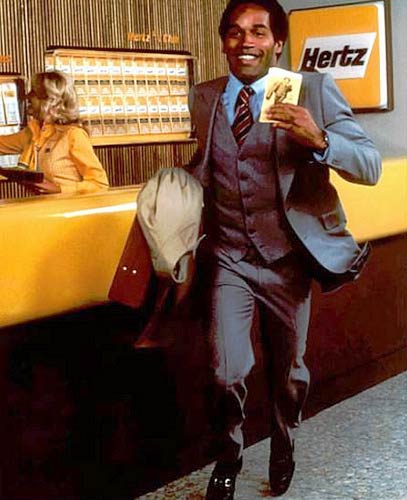
{ What O.J. Simpson wore when he was acquitted in 1995 of murdering his ex-wife and her friend was the suit seen around the world during one of the most watched televised moments in history. But the Smithsonian Institution, America’s repository of historical artifacts, rejected it Tuesday as inappropriate for their collection. | Washington Post | Continue reading | Flashback: The O. J. Simpson murder case | Wikipedia | Related: Robert L. Stone, a former top executive at the Hertz corporation who had hired O.J. Simpson in the 1970s as a famous pitchman for the car rental giant, has died. | Related: The Los Angeles Police Department has apologized to the family of the late Robert F. Kennedy and removed items from a homicide exhibit in Las Vegas that included the dress shirt worn by the senator when he was assassinated in 1968. | LA Times | Continue reading }
celebs, flashback, guns, marketing | March 4th, 2010 6:08 pm
flashback, marketing, visual design | January 21st, 2010 8:05 pm

Neuromarketers are becoming the next generation of Mad Men. They are working for companies like Google, Frito-Lay and Disney. But instead of directly asking consumers whether they like a product, neuromarketers are asking their brains.
Using electroencephalography (EEG)–a technology typically used by neurologists to diagnose seizures–marketers measure brain wave activity in response to advertisements and products. Electrodes placed on the subject’s scalp collect the data. The consumer herself doesn’t say a thing.
And that’s the point. In the new world of neuromarketing, it is the more immediate, unedited emotional brain-level reaction to a product or ad that presumably indicates what the consumer really wants, even if she doesn’t really know it. The rational and deliberate responses elicited in focus groups are considered unreliable.
No wonder EmSense, a San Francisco-based market research company, succeeded in raising $9 million in capital last month. (…)
Brain activation detected through the band’s sensors is believed to signal the consumer’s emotional engagement with a product. Engagement, in turn, is essential to sustaining interest and in enhancing memorability, important for developing brand loyalty. Yet the practical dimensions of neuromarketing are far from well-established.
First, how well does EEG detect emotion? It can gauge alertness, yes, but the more subtle kinds of mental states that relate to purchasing decisions–such as attraction, disgust, nostalgia or aspirational fantasy–are not accessible via brain wave analysis.
Second, the notion of a discrete “buy button in the brain,” as marketers call the holy grail of marketing, is deeply naive. Response to the shape, smell and color of a product is the culmination of complex processes that engage many areas of the brain.
{ Forbes | Continue reading }
previously { Now, get ready for Genomarketing! }
brain, marketing | December 16th, 2009 12:50 pm

Advertising is destroying society, according to a new report from thinktank the New Economics Foundation.
The report, which compares the impact on society of groups of people doing six different jobs, concludes that advertising “can create insatiable aspirations, fuelling feelings of dissatisfaction, inadequacy and stress” among the population.
It concludes that ad executives, which it says earn “between £50,000 and £12 million”, “destroy £11 of value for every pound of value they create” - almost exactly the reverse of a hospital cleaner.
{ Campaign | Continue reading }
photo { Maciek Kobielski }
economics, marketing | December 16th, 2009 12:50 pm

A 1956 memo to Playboy photographers listed Hefner’s criteria for the centerfolds. The model must be in a natural setting engaged in some activity “like reading, writing, mixing a drink.” She should have a “healthy, intelligent, American look—a young lady that looks like she might be a very efficient secretary or an undergrad at Vassar.” Many centerfolds feature the implied presence of a man: a flash of trouser leg in the corner, a pipe left on a table. These props transform the pinups into seduction scenarios. Their premise is simple: by identifying with the absent man, a viewer can enter the scene.
{ n+1 | Continue reading }
related { Playboy outsourcing most magazine operations }
photogs, press, sex-oriented | December 3rd, 2009 8:54 pm






